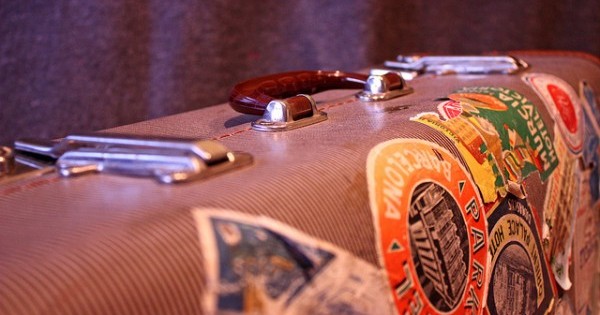
Every summer I participate in a large-scale historic reenactment. Along with hundreds of others, I leave New Orleans and trudge north, in my case to northern New England, where I hide out in the woods until summer passes. I began my reenactment last week, when I started off on 10 days of driving and visiting along the Eastern Seaboard. This is about as long as it would have taken to travel the same distance by train a century and a half ago. As such, I’m following in the footsteps of the many 19th-century New Orleanians, who annually fled yellow fever, cholera, stultifying heat, and the thick aroma of summer rot.
My New Orleans acquaintances, I’ve learned, do not see my migration as a legitimate reenactment. Reenactors, they tell me, do not wear shorts, T-shirts, and flip-flops. They wear scratchy and uncomfortable clothing with buttons in places you would not expect. When discussing my reenactment, friends use words like “coward” and “lame.” I’m introduced to others as a “Sometime New Orleanian.”
Reenactors, of course, are often subject to ridicule. It’s a cross we’ve learned to bear.
New Orleans is famous for its summers much in the way northern Maine is famous for its winters. To merely step outside is to put yourself at mortal risk. In centuries past, New Orleans in summer was synonymous with disease, and it was repeatedly wracked by yellow fever outbreaks when the air started to congeal and gel. Between 1817 and 1905—the first and last years of reliably documented outbreaks—some 41,000 New Orleanians died. The worst year was 1853; on just one day, August 22, nearly 250 people died of yellow jack. Someone calculated that at that summer’s mortality rate, “it will only require two years and four months to depopulate the city.”
Those who could afford to flee “the sickly climate of New Orleans during the summer” did, wrote a pastor in 1821. The outbreaks of yellow fever were “frequent enough to make it an ever present terror during the summer months, and to reduce the summer population of the city to a comparatively small number of unacclimated persons,” wrote another.
Businessmen fled the city and the wheels of commerce ground to a near halt. In Kate Chopin’s 1899 novella The Awakening, Edna Pontellier, the protagonist, noted the arrival of “a good many New Orleans club men over at Klein’s,” a hotel along the cooler, safer coast south of the city. Even after the threat of yellow fever abated—the last citywide outbreak came four years after Dr. Walter Reed confirmed in 1901 that mosquitos were to blame—able residents still left the city in summer. In 1919 a local bulletin bemoaned that “Many businessmen who could afford to escape the summer heat had left town, resulting in dismal attendance rates at business meetings.” The leaders of local associations complained that “You can’t get anybody out to a meeting in New Orleans during the summer unless you have a parade and refreshments.”
With air conditioning omnipresent today, one can avoid the heat for long stretches, much as one can avoid the cold in northern Maine by staying within 10 feet of a wood stove for several months of the year. And New Orleans remains a city designed around summer heat—the oak-shaded streets, the 14-foot ceilings in old houses, the persistence of ice tea and seersucker. I, however, am not designed for heat—I have a northern constitution—and even brief encounters with the heat can turn my mind to oatmeal, when I find myself spending long stretches staring at blank walls. My productivity collapses.
So I leave New Orleans because I can. As a freelance writer, I have the option to work wherever I can find a reasonably level spot to put my laptop, and I’ve chosen to exercise this option.
I do fly back to New Orleans for stints of a week or two—this year, I’ll be back later this month and again in August. The heat during these returns is rarely as bad as it is in my imagination, but I know it wouldn’t end well if the southern summer and I entered into a more committed relationship.
So I’ll arrive in Maine later this week, whereupon my neighbors will shake their heads with no small contempt when they first see me. They will mention the 14 feet of snow I managed to avoid shoveling this past winter. They will use words like “snowbird,” and “coward.”
This is, of course, the price reenactors must pay in order to practice their craft.

